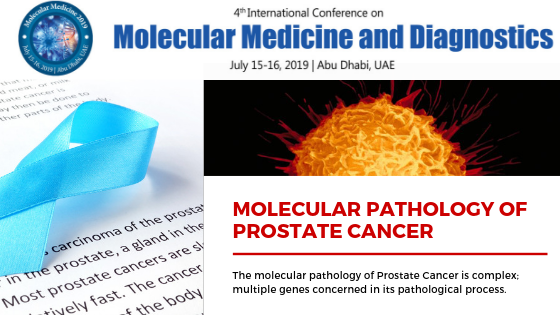Using molecular techniques for the care of patients or population has been
proven to be very effective. However, infrastructure constraints and cost
constraints have limited their utility in many parts of the
world. The utilization of molecular techniques to solve health
disparity will be discussed in detail. Two cancers with the highest health care
disparity between the western and eastern countries are cervical cancer and
pediatric acute lymphoblastic leukemia.
- In
cervical cancer, a simple Pap smear-based screening had systematically
reduced disease incidence by more than 60% in the last 4 decades (NIH
RePORT). More recently, HPV based molecular screening has been very effective in detecting high-risk population. However, cost constraints have limited their utility. We present data utilizing next-generation
sequencing and a paper chip-based method (Rodriguez et al.) to show that low-cost screening methods can be easily implemented for effective population-based screening.
- Pediatric
B-acute lymphoblastic leukemia is another disease with an outcome
disparity; while 95% of pediatric B-ALL is curable in western countries,
more than 80% of pediatric leukemia do not survive 5 years in eastern
countries. The use of NGS based sequencing technologies have guided high-risk,
low-risk subgroups and furthermore enabled precision medicine, dosage
adjustments for appropriately triaging and treating patients with ALL.
Finally, treatment selection and
modification of Ph+ ALL in adults using molecular techniques can lead to
significantly better outcomes.
Rajan Dewar has completed his
MD at Madras University, Ph.D. from IIT Bombay. After completing his graduate
studies at UT Southwestern Medical center, he trained as a pathologist at Yale
and his fellowships in Hematopathology & Molecular Pathology at Stanford
University School of Medicine. Before moving to The University of Michigan as
the director of the hematology laboratory, he was at Harvard Medical School for
a decade, where he started his global health implementation research. He has
published more than 45 papers in reputed journals and has been leading several
social research and social entrepreneurial activities in the United States and
India.
CHECK THE FULL PROGRAM HERE →→







